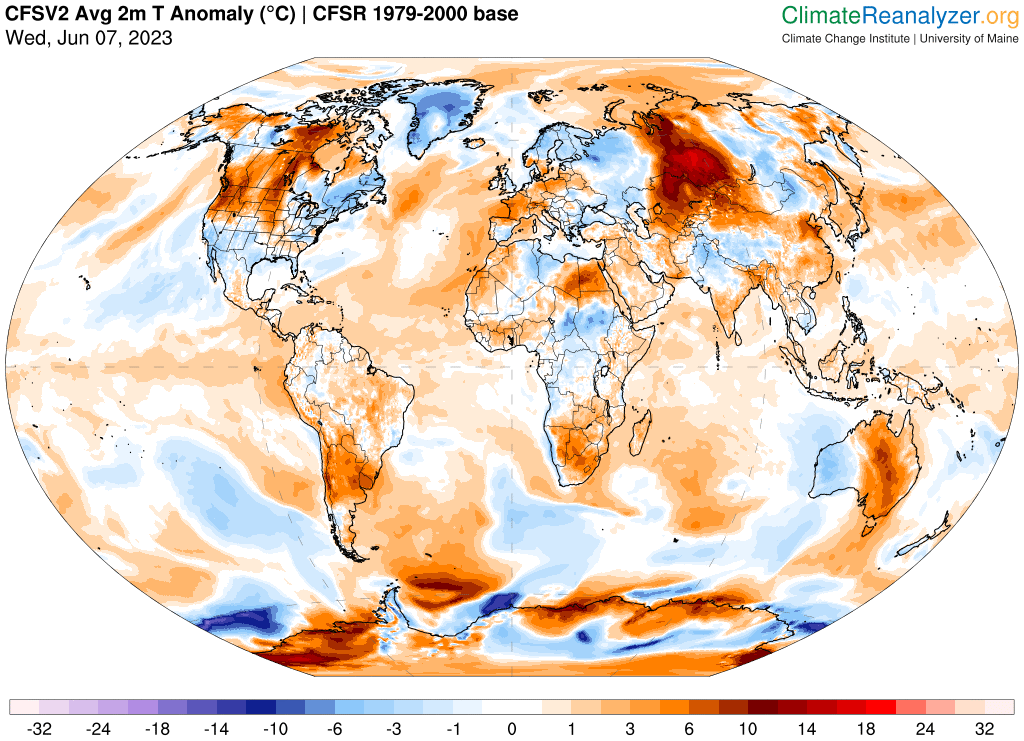Now that El Niño has officially arrived, the temperature is going to rise even more. Warmer ocean temperatures in the equatorial Pacific are indicative of the natural climatic phenomena, which causes hotter weather to spread throughout the world.
“[El Niño] could lead to new records for temperatures,” says Michelle L’Heureux, a climate scientist at the National Oceanic and Atmospheric Administration’s Climate Prediction Center.
Also Read: Who is Henri d’Ansleme, 24-year-old ‘Backpack hero’ who faced suspect in France knife attack
El Niño is often when the hottest years on record occur. It’s one of the clearest examples of how the effects of climate change, which are brought on by people burning fossil fuels and releasing greenhouse gases into the sky, are made worse by El Niño, a natural temperature phenomenon.
El Niño also makes other climate change effects worse. El Niño often delivers drier, warmer weather to the northern United States and Canada. That’s bad news for Canada, which is currently dealing with massive wildfires from Alberta all the way up to the Maritimes in the East after already experiencing an unusually warm Spring.
El Niño intensifies storms in the Southern United States, where climate change has increased the frequency of potentially intense rainstorms. That’s bad news for areas where drain pipes and stormwater infrastructure weren’t designed to handle the massive amounts of rain that now routinely fall in brief periods of time. In recent years, flash floods have wrecked houses and even killed people in these communities.
El Niño is bad for Atlantic hurricanes, which is the only bright spot for Americans. Because El Niño years have unfavorable wind conditions for hurricane development, there are often fewer hurricanes during these years.
Also Read: What was Niall Horan’s most embarrassing onstage moment, former One Direction member reveals
But even there, the effects of human-caused climate change are becoming apparent. Because of the disruption to the environment, the water in the Atlantic is extremely warm, which supports the development of hurricanes. As a result, the storm forecast for this year differs from what you might anticipate for an El Niño year. Instead, a little above-average number of storms is what forecasters anticipate.







